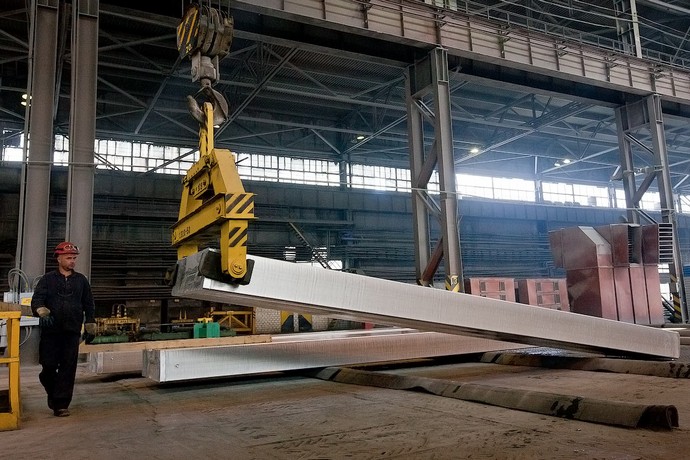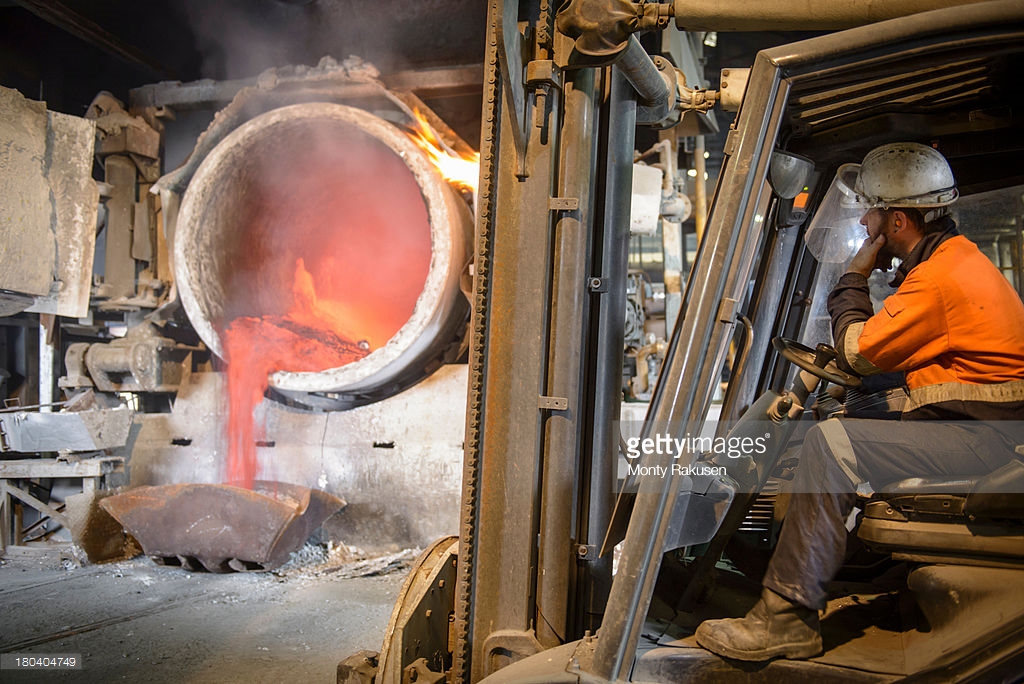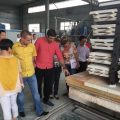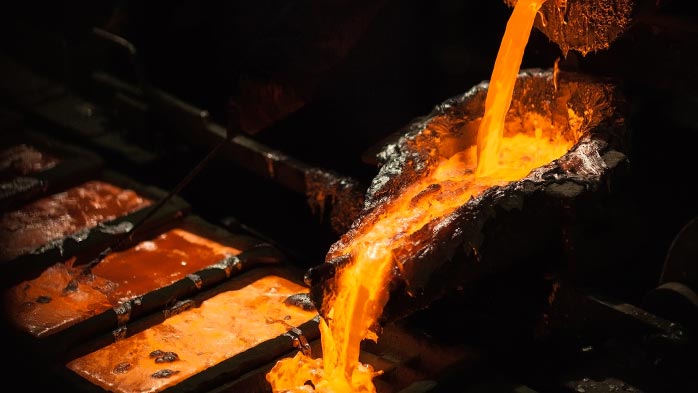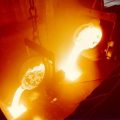Metallurgy Of Aluminium
Aluminum is a group III A element in the periodic table of the elements. It is an active metal next to K, Ca, Na, and Mg. It can interact with oxygen, nitrogen, water vapor, carbon dioxide, etc. in the air under high temperature conditions.
Metallurgy Of Aluminium casting is the process of converting aluminum, by means of compounding, stirring, standing, refining, slag and other processes into finished products or semi-finished products of aluminum ingots, bars or other shapes. Aluminum and aluminum alloys will have different degrees of loss during the casting process due to oxidation, refining, slag and other reasons.
The so-called aluminum casting loss is the general name of the metal and aluminum alloy in the smelting process due to oxidation, volatilization and non-recoverable metal loss caused by interaction with the furnace wall and refining agent.
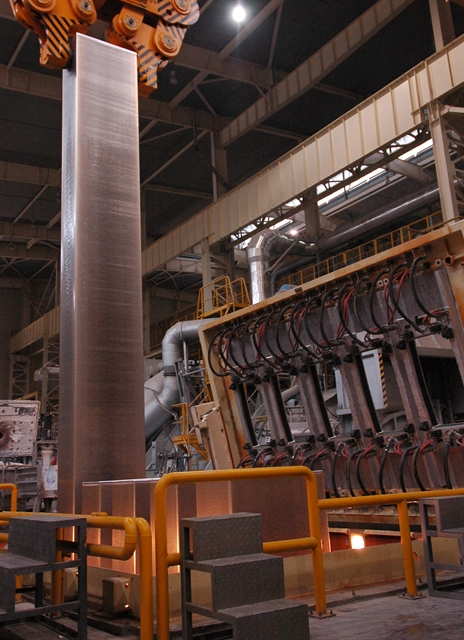
The main external manifestation of casting loss can be divided into two parts: one is in the form of pure aluminum ash, and the other is in the form of large aluminum and defective aluminum and aluminum slag. I have conducted statistics in the casting workshop of Henan xx Aluminum Company. Non-recyclable pure aluminum ash accounts for about 90% of the casting loss (oxidation burning slag formation), other factors account for about 10%, and further statistical analysis is carried out for other factors accounting for 10%, mainly for large aluminum and defective products. Aluminum and other secondary furnace burning damage and aluminum ash content of aluminum (the main raw material of aluminum ash and aluminum), so the main cause of casting damage is oxidized burning, secondary aluminum and other secondary burning, aluminum ash Amount of aluminum.
The principle of oxidative burning of aluminum can be further understood by the following chemical equation:
4Al+ 3O2=2Al2O3
The thermodynamics study of metal oxidation shows that the metal oxidation tendency, the oxidation order of each alloy element and the degree of oxidation are determined by the affinity of the metal and oxygen, and are related to the composition, temperature and pressure of the alloy. The greater the affinity of metal and oxygen, the greater the tendency of oxidation and the higher the degree of oxidation. The higher the temperature, the greater the affinity of metal and oxygen, the greater the tendency of oxidation, the higher the degree of oxidation; the smaller the decomposition pressure of oxide The greater the affinity of metal and oxygen, the greater the tendency of oxidation and the higher the degree of oxidation.
The factors that affect casting loss are:
1) Liquid aluminum temperature.
2) Contact strength of aluminum liquid and oxygen.
3) Aluminum content in aluminum slag.
4) The aluminum liquid brought out by the slag.
5) How much is the defective aluminum and bulk aluminum.
6) Other losses

